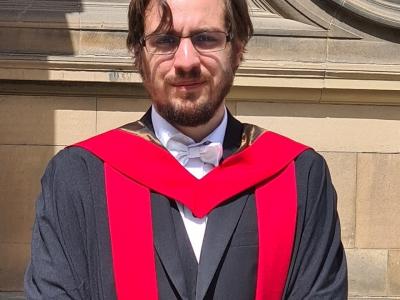
An IASH Work-in-Progress seminar, delivered by Dr Andrzej Romaniuk ( ASH-HCA Postdoctoral Fellow 2022-23; University of Edinburgh)
Utilizing House Mice (Mus Musculus) archaeological remains to investigate species short-term evolution on the Orcadian isles, and its likely connection to human activity
The House mouse (Mus musculus) is a unique example of a species that evolved relatively recently to take an advantage of the human-altered environment. House mice have spread across the world alongside human migrations, often competing but also coexisting with new species and dwelling in areas beyond what can be seen as natural for rodent taxa (e.g. the arctic isles). House mice's evolution has been intensively studied, both to understand the species' adaptation to human activity as well as to provide further information on likely vectors of migrations for both mice and men.
So far archaeological remains have been rarely considered for such research, due to problematic retrieval and issues with preservation. However, while evolution on larger timescales seems like a steady process, on shorter time frames it consists of more sudden shifts, including local extinctions, reintroductions, infighting, and reactions to other species' population dynamics. Archaeological material can be a valuable source of information on those shifts, revealing an additional layer of information modern materials simply cannot contain.
As preliminary research house mice remains from two archaeological sites on Orkney (~10-14th c.AD) were investigated and compared against modern specimens from UK and France. The outline of the first upper molars crowns was photographed and digitized as a set of 64 landmarks on a 2D plane (so-called geometric-morphometric approach), and later analysed in R. While issues with preservation affecting results were indeed noted, the results provided a noticeable difference between separate archaeological and modern populations, thus showcasing the utility of archaeological specimens in short-term evolutionary research.
Click the link below to join the webinar:
https://ed-ac-uk.zoom.us/j/86535202023
Passcode: Vr8f3ew2
